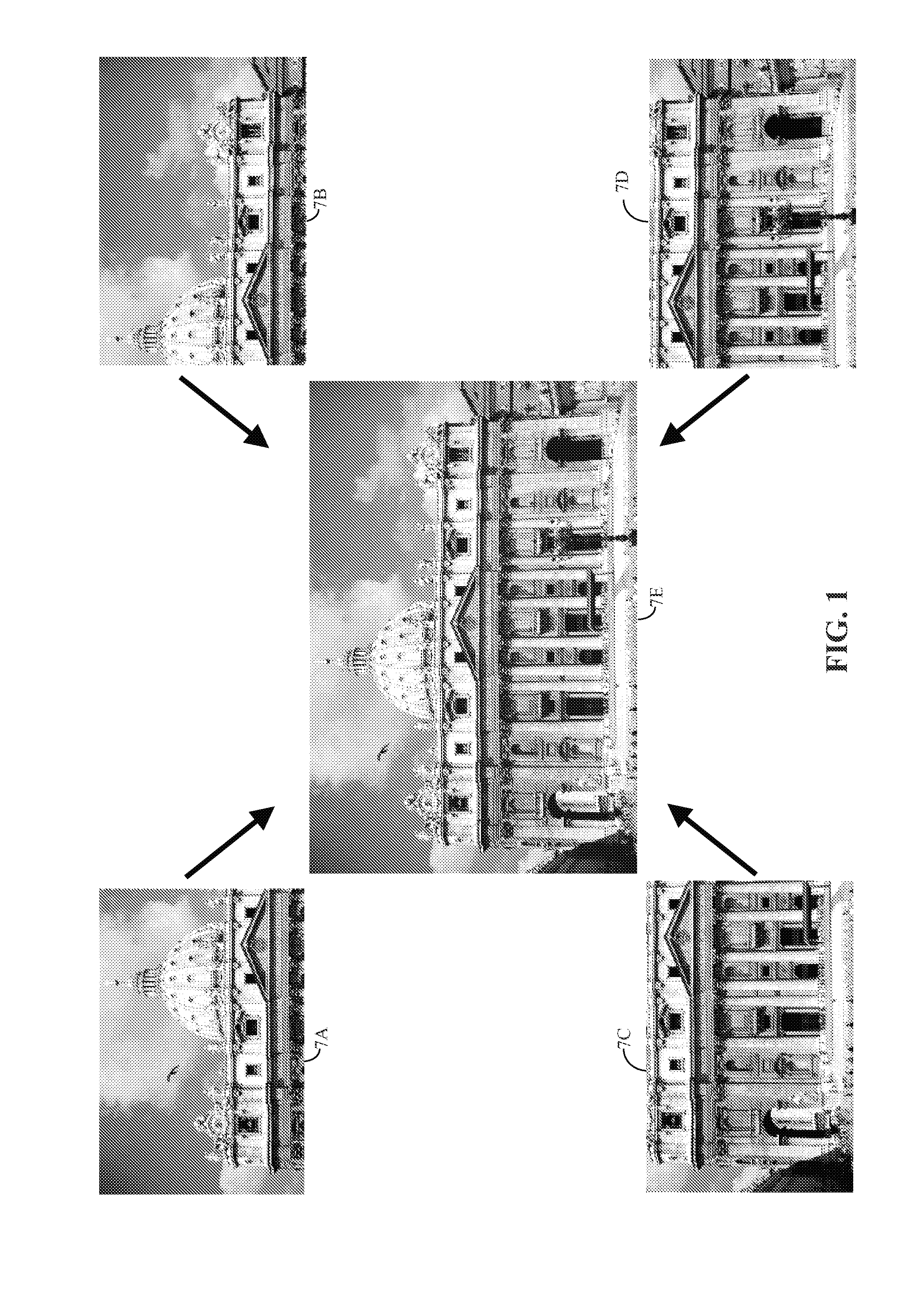HMD Calibration with Direct Geometric Modeling
a technology of geometric modeling and calibration method, applied in the field of virtual camera calibration, can solve the problems of variation in the complexity of the calibration method, and achieve the effect of reducing the complexity of the system and the calibration procedur
- Summary
- Abstract
- Description
- Claims
- Application Information
AI Technical Summary
Benefits of technology
Problems solved by technology
Method used
Image
Examples
Embodiment Construction
[0060]Head-mounted displays have found wide acceptance in the field of augmented reality (AR), which augment a real-world scene with computer-generated, virtual content. A head-mounted display (HMD) in an AR system may include a human-eye / optical see-through (OST) display, which is a see-though display on which virtual objects are incorporated, or a video see-through (VST) display, which is a video display (e.g. screen) that integrates virtual objects into displayed images of a real scene. In both cases, the virtual objects are made to blend with a view of the real-world scene. Both approaches may make use of tracking sensors (e.g. 3D scene capturing devices such as “time-of-flight” sensors, visual tracking (e.g. stereo camera pairs), inertial sensors, mechanically linked trackers, phase-difference sensors, and / or hybrid systems) to track (and / or capture) real-world scene information.
[0061]In such AR systems, a computer generates graphics of virtual objects, which are subsequently a...
PUM
 Login to View More
Login to View More Abstract
Description
Claims
Application Information
 Login to View More
Login to View More - R&D
- Intellectual Property
- Life Sciences
- Materials
- Tech Scout
- Unparalleled Data Quality
- Higher Quality Content
- 60% Fewer Hallucinations
Browse by: Latest US Patents, China's latest patents, Technical Efficacy Thesaurus, Application Domain, Technology Topic, Popular Technical Reports.
© 2025 PatSnap. All rights reserved.Legal|Privacy policy|Modern Slavery Act Transparency Statement|Sitemap|About US| Contact US: help@patsnap.com



